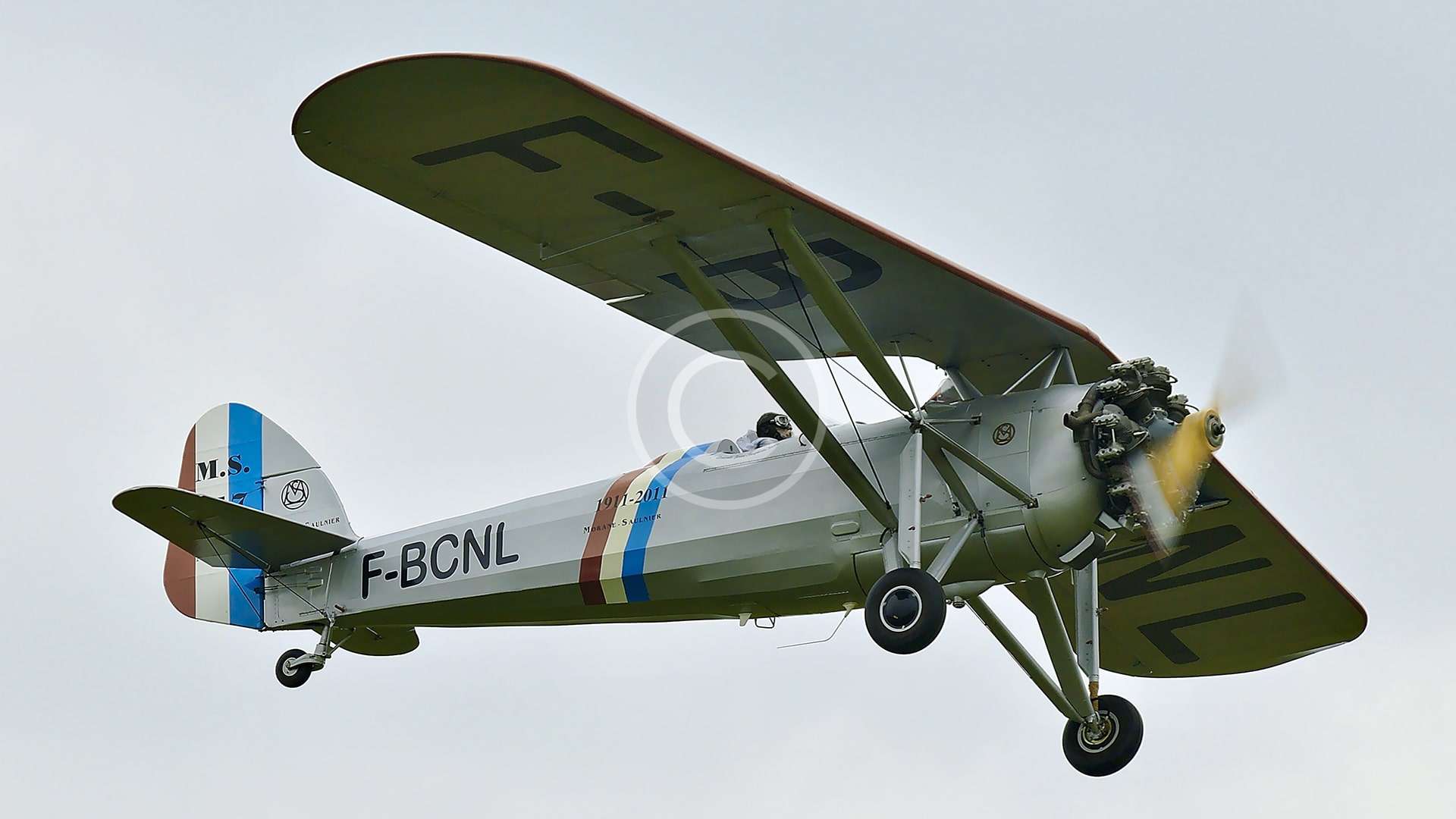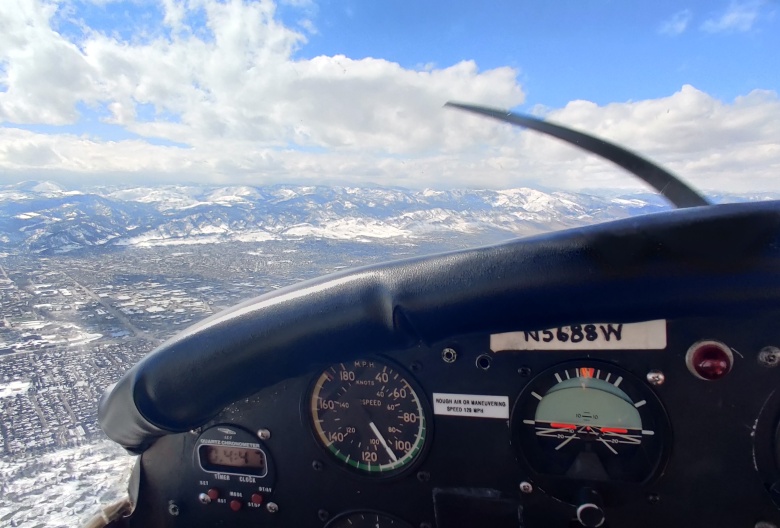Obtaining an instrument rating is an important milestone for any pilot, and at our flight school, we provide the comprehensive training needed to achieve this goal. Our experienced instructors are passionate about helping students gain the knowledge and skills needed to safely navigate through clouds, low visibility conditions, and adverse weather. We offer personalized training tailored to your individual learning style, ensuring you receive the support you need to succeed.

For pilots who are serious about pursuing a career in aviation, obtaining an instrument rating is a must-have credential. In addition to opening up new flying opportunities, it demonstrates a level of proficiency and commitment that is highly valued by employers. Even if you’re not planning on pursuing a career in aviation, an instrument rating can still benefit you personally by giving you the confidence and ability to fly in a wider range of weather conditions.
Obtaining your instrument rating with our flight school can open up new opportunities and advance your career as a pilot. With an instrument rating, you’ll be able to fly in a wider range of weather conditions and expand your flight capabilities, making you a more versatile and valuable pilot. Whether you’re pursuing a career in aviation or just looking to enhance your flying skills, our instrument training program can help you achieve your goals and take your flying to the next level.
Course Description
Getting an instrument rating is required to fly in conditions where the pilot cannot rely on outside references such as landmarks or the horizon to fly, and must entirely rely on the aircraft instruments. In your instrument rating flight training, you’ll learn to control your aircraft in sole reference to your instruments, learn to fly departure, arrival, and approach procedures, learn to fly cross-country and communication procedures.
After obtaining a Private Pilot License (PPL), the typical path to an Instrument Rating involves a combination of flight training and ground school. The student will typically log at least 50 hours of cross-country flight time, including 40 hours of simulated instrument time. This includes practicing instrument approaches, holding patterns, and other procedures to develop proficiency in flying by reference to instruments.
The training also includes a series of ground school classes covering topics such as weather theory, navigation, and instrument procedures. After completing the required training and accumulating the necessary flight hours, the student will take a practical test with a certified FAA examiner to demonstrate their proficiency.
Overall, the process typically takes several months of dedicated training and practice, but the benefits of the Instrument Rating are well worth the effort.
- Hold a Private Pilot Certificate or higher
- Hold a current FAA Medical Certificate
- Have logged at least 50 hours of cross-country flight time as pilot in command
- Complete a minimum of 40 hours of instrument flight training, including:
- 15 hours of instrument flight training with a CFII
- 3 hours of training in preparation for the instrument practical test
- Pass the FAA instrument written test
- Pass the FAA instrument practical test (checkride) with an FAA examiner.



